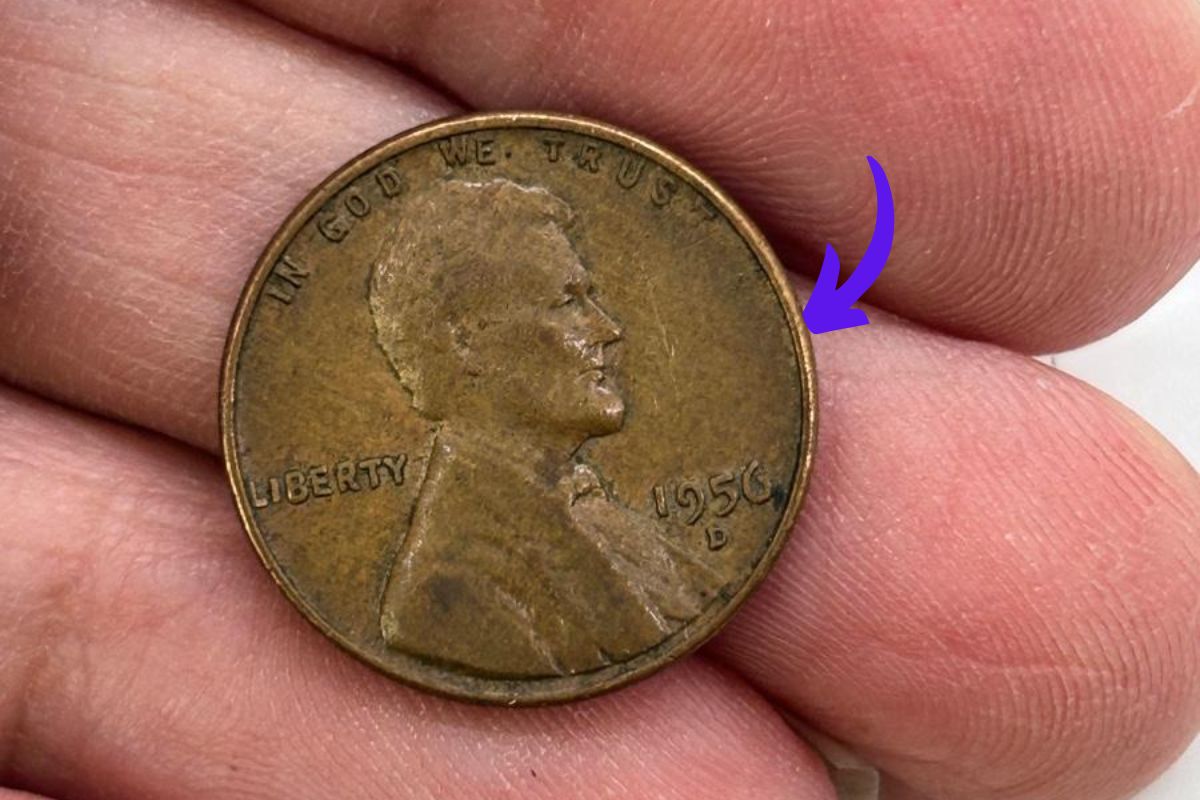What if the spare change in your wallet could make you an instant millionaire? This isn’t just a dream—it’s the reality for those lucky enough to find the 1943 Copper Lincoln Wheat Penny, now valued at an incredible $301 million.
Although most 1943 pennies are common, this rare version has collectors around the world in a frenzy. Here’s everything you need to know about this high-value coin and how to identify it.
What Is the Lincoln Wheat Penny?
The Lincoln Wheat Penny, produced by the U.S. Mint from 1909 to 1958, was the first American coin to feature the image of President Abraham Lincoln. Its iconic design shows Lincoln on the front (obverse) and two wheat stalks on the back (reverse).
While many of these pennies have sentimental and collectible value, the 1943 Copper Penny stands out as one of the rarest and most expensive.
Why Is the 1943 Copper Lincoln Wheat Penny So Valuable?
In 1943, during World War II, copper was in high demand for making military supplies like ammunition, electrical wiring, and communications equipment. To help the war effort, the U.S. Mint temporarily switched to making pennies out of steel coated with zinc, which gave them a silvery appearance.
However, due to a minting error, a few pennies were accidentally struck using leftover copper blanks from 1942 instead of steel. It’s estimated that only 10 to 20 genuine copper pennies from 1943 exist, making them extremely valuable in the world of coin collecting.
How Much Is the 1943 Copper Penny Worth?
The value of this rare penny has grown significantly over the years, thanks to its scarcity and historical significance.
- Common Condition: Copper pennies in average condition have sold for $100,000 or more at auctions.
- Good Condition: Well-preserved versions can sell for $1 million or more.
- Record Valuation: A rare 1943 Copper Lincoln Wheat Penny is now valued at a staggering $301 million, cementing its place among the most expensive coins ever discovered.
How to Identify a 1943 Copper Penny
Given the enormous value of this penny, it’s important to know how to distinguish a genuine copper version from the common steel versions made in 1943. Here are a few methods to help you identify it:
1. The Magnet Test
- A simple magnet test can help.
- Steel pennies will stick to a magnet, while copper pennies will not. If your 1943 penny doesn’t stick, you may have a rare copper version.
2. Visual Inspection
- Steel pennies have a silver or grayish color, while copper pennies have a reddish-brown or bronze hue.
- Look for any unusual patina or wear that could indicate authenticity.
3. Weight Test
- Copper pennies weigh about 3.11 grams, while steel pennies are slightly lighter at 2.7 grams.
4. Professional Authentication
- If you believe you have a 1943 copper penny, take it to a professional coin grading service for verification. They can confirm its authenticity and help you determine its value.
Other Valuable Lincoln Wheat Pennies
While the 1943 Copper Penny is the most famous, other Lincoln Wheat Pennies are also worth significant amounts due to their rarity or errors in production:
- 1909-S VDB Penny: One of the earliest and rarest Lincoln Wheat Pennies, produced during the coin’s debut year.
- 1922 No D Penny: A minting error led to some pennies being struck without the “D” mint mark from the Denver Mint.
- 1955 Double Die Penny: Known for its doubled inscriptions, this error coin is highly desirable among collectors.
Why Are Error Coins So Valuable?
Coins with errors, such as the 1943 Copper Penny, are highly valuable because they represent unintentional mistakes during production. These mistakes often go unnoticed at first, resulting in only a small number of error coins entering circulation. Over time, collectors become fascinated by these rare pieces, driving up their value.
The 1943 Copper Penny’s combination of rarity, historical significance, and the mystery surrounding its production makes it a standout in the world of coin collecting.
The 1943 Copper Lincoln Wheat Penny, valued at an astounding $301 million, is more than just a coin—it’s a symbol of how tiny mistakes can lead to monumental discoveries.
While finding one may be rare, it’s worth checking old collections, piggy banks, or even loose change jars. You never know when you might stumble upon a life-changing treasure. And even if you don’t, learning about rare coins can spark a fun and potentially rewarding hobby.
FAQ’s
How many 1943 Copper Lincoln Wheat Pennies are known to exist?
It’s believed that only 10 to 20 genuine 1943 Copper Pennies exist. Their extreme rarity makes them among the most valuable coins ever.
How can I test if my 1943 penny is copper?
You can start by using a magnet. If the penny doesn’t stick to the magnet, it could be copper. For certainty, have it verified by a professional coin expert.
Why are 1943 Copper Pennies so valuable?
They are valuable due to a minting mistake that caused a few pennies to be made with copper instead of steel. Their rarity, combined with historical significance, makes them highly sought after by collectors.
What should I do if I think I have a 1943 Copper Penny?
If you suspect you have a 1943 Copper Penny, contact a trusted coin grading service to have it authenticated and valued.
Are there other valuable Lincoln Wheat Pennies besides the 1943 Copper version?
Yes, coins like the 1909-S VDB, 1922 No D, and 1955 Double Die pennies are also highly valuable and sought after by collectors due to their rarity or minting errors.
